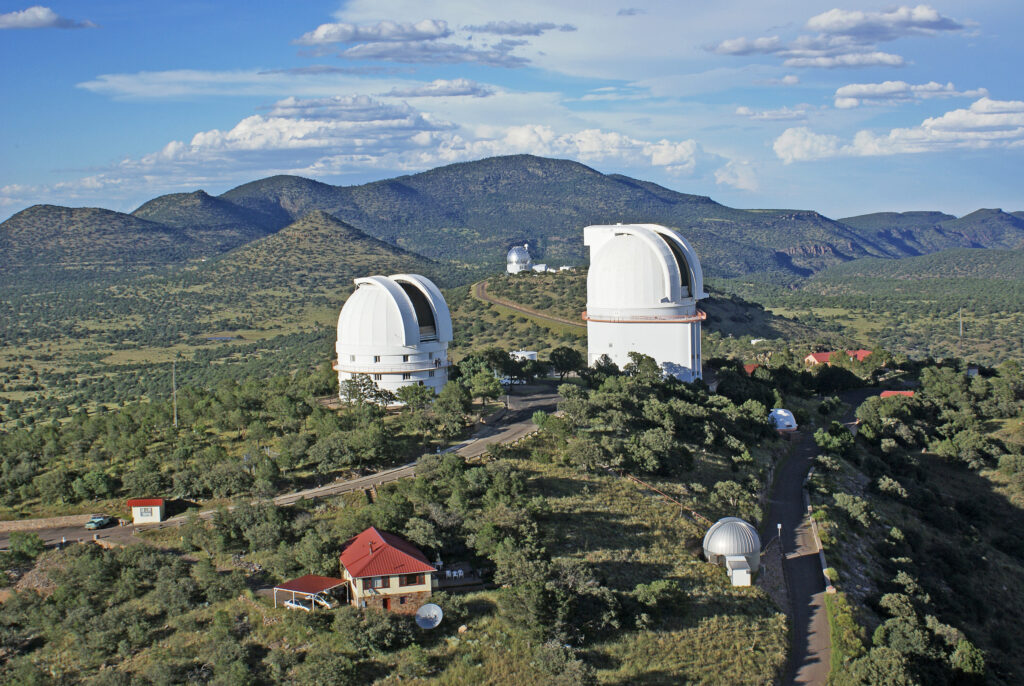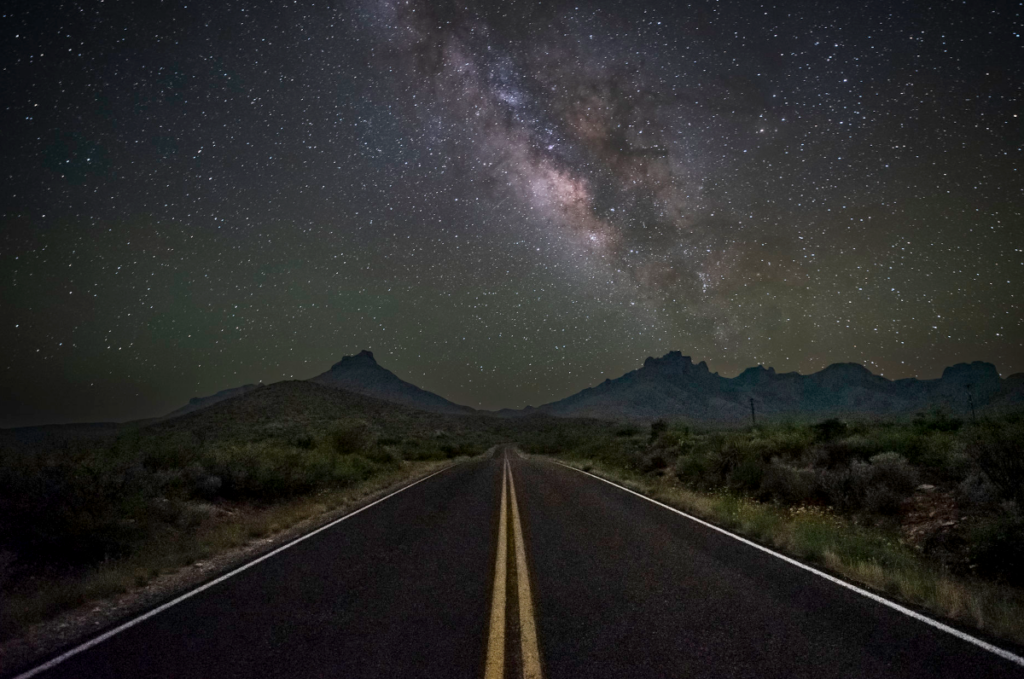Southwest Texas has emerged as a beacon for dark sky preservation, thanks to proactive measures to minimize light pollution and promote astronomical observation dating back to the 1970s. The region is home to several internationally recognized dark sky parks, such as the Big Bend National Park and the Big Bend Ranch State Park, and home to McDonald Observatory. Due to the many efforts in the region, it offers some of the darkest skies in the continental United States, providing unparalleled opportunities for stargazing and astrophotography. Further, these efforts have fostered a greater appreciation for natural nightscapes and highlighted the importance of preserving our night skies.
Preserving the pristine nightscapes of West Texas

In an era where artificial light increasingly encroaches upon night skies, the Greater Big Bend International Dark Sky Reserve is a testament to how broad regional and international cooperation can successfully combat light pollution on a large scale. Spanning across the Texas-Mexico border, this 15,000 square-mile reserve includes parts of southwest Texas and protected areas in Mexico. It is one of the largest dark sky regions in the world, providing a sanctuary for natural nightscapes that are vanishing elsewhere.
The reserve’s creation is the result of decades of collaboration, uniting governmental agencies, non-profit organizations, and local communities on both sides of the border. The collective efforts have led to the implementation of stringent lighting regulations and public awareness campaigns aimed at minimizing light pollution. As a result, the Greater Big Bend International Dark Sky Reserve offers some of the darkest skies in North America, making it a premier destination for stargazers and astronomers.

McDonald Observatory: a pillar of astronomical research
Within the Greater reserve, perched atop the Davis Mountains, is McDonald Observatory. Operated by the University of Texas at Austin, the observatory is one of the world’s leading centers for astronomical research. Its location was chosen precisely because of the region’s clear, dark skies, which provide optimal conditions for observing the universe.
McDonald Observatory houses several large telescopes, including the Hobby-Eberly Telescope, one of the world’s largest optical telescopes. These instruments enable astronomers to conduct cutting-edge research on a variety of cosmic phenomena, from the search for earth-like planets to the properties of dark energy.
A hub for public engagement and education

Beyond its research endeavors, McDonald Observatory plays a crucial role in public education and outreach. The observatory offers a range of programs designed to engage and inspire the public. Visitors from around the world flock to McDonald, and this region, to witness its spectacular celestial displays. Events like star parties and night sky festivals, coupled with educational exhibits and programming, have enhanced the public’s appreciation for astronomy and the importance of dark sky preservation.
The observatory’s educational initiatives extend far beyond its physical location. Through partnerships with schools and educational institutions, McDonald Observatory brings the wonders of the night sky into classrooms across Texas. While the Stardate radio show and magazine, and the observatory’s online resources and virtual programs broaden this reach, allowing people worldwide to connect with and learn from its wealth of astronomical knowledge.
These initiatives have fostered a sense of community and stewardship, encouraging residents and visitors alike to adopt dark sky-friendly practices.

Synergy in dark-sky preservation
The synergy between McDonald Observatory, the National Park Service, Texas Parks and Wildlife Department and many others that resulted in the Greater Big Bend International Dark Sky Reserve exemplifies the powerful impact of combined efforts in dark sky preservation. While the reserve provides a protected area for natural nightscapes, wildlife,, and astronomical endeavor, the observatory serves as a hub for scientific discovery and, along with others, public education. The combined efforts of multiple partners highlights the multifaceted benefits of maintaining dark skies – from advancing science to supporting local economies and fostering a deeper appreciation for our place in the universe.
The Greater Big Bend International Dark Sky Reserve, McDonald Observatory, and the regional collaborative partners stand as guardians of the night sky. Their efforts preserving the natural beauty of the cosmos, promoting scientific research, and inspiring countless individuals to look up and marvel at the wonders of the universe. Their successes serve as a model for other regions worldwide, demonstrating that through collaboration and commitment, we can protect our night skies for future generations.
